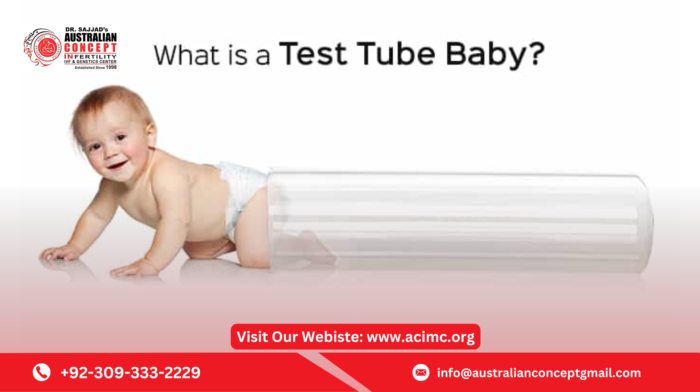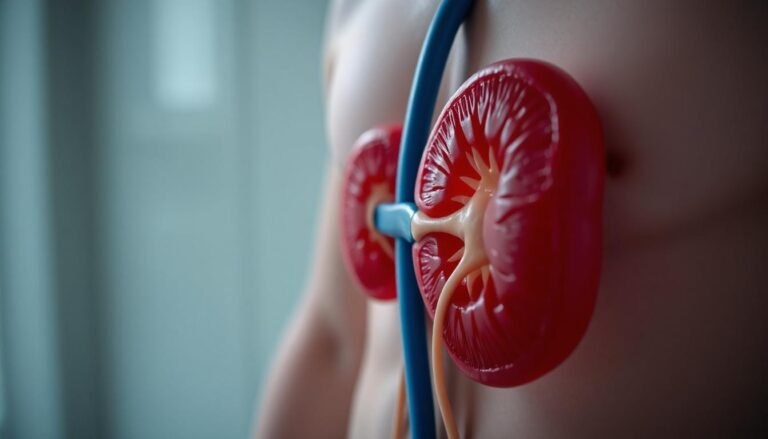How are the embryos cultured in a test tube baby procedure
The test tube baby procedure, or In Vitro Fertilization (IVF), is an advanced fertility treatment that involves multiple steps, including embryo culture. This stage is crucial for ensuring the best possible embryo quality before implantation. Embryo culture refers to the process of growing and monitoring fertilized eggs in a laboratory environment until they are ready for transfer into the uterus.
1. Fertilization and Initial Development
After eggs and sperm are collected, fertilization occurs through conventional IVF or Intracytoplasmic Sperm Injection (ICSI). Once fertilization is confirmed, the embryos are placed in a specialized culture medium that mimics the conditions inside the female reproductive tract.
2. Culture Conditions in the Laboratory
Embryos are kept in an incubator, a controlled environment that maintains:
- Optimal Temperature: 37°C, mimicking body temperature.
- Ideal Oxygen and CO₂ Levels: Ensuring proper cellular respiration.
- Nutrient-Rich Culture Medium: Providing essential nutrients for embryo growth.
3. Stages of Embryo Development
Embryologists closely monitor the embryos for proper growth:
- Day 1: Fertilization confirmation, checking for two pronuclei (one from the egg and one from the sperm).
- Day 2-3: Cell division occurs, forming a multi-cellular embryo known as the cleavage-stage embryo.
- Day 4: The embryo develops into a morula, a compact cluster of cells.
- Day 5-6: The embryo reaches the blastocyst stage, where it forms a fluid-filled cavity and is ready for implantation.
4. Selection of the Best Embryos
Embryologists assess embryos based on:
- Cell division rate: Healthy embryos divide at a consistent pace.
- Morphology: The shape and structure of the embryo are examined for irregularities.
- Genetic Testing (Optional): Preimplantation Genetic Testing (PGT) can be performed to screen for genetic disorders.
5. Embryo Transfer and Cryopreservation
Once the best-quality embryos are selected, they are transferred into the uterus using a thin catheter. Any remaining viable embryos can be preserved through cryopreservation (freezing) for future use.
Conclusion:
Embryo culture is a delicate and essential step in the test tube baby procedure, ensuring that only the healthiest embryos are transferred to maximize the chances of a successful pregnancy. Advances in laboratory technology and embryo assessment techniques continue to improve IVF success rates, offering hope to couples struggling with infertility.
For More Details: https://acimc.org/ivf-lahore/






